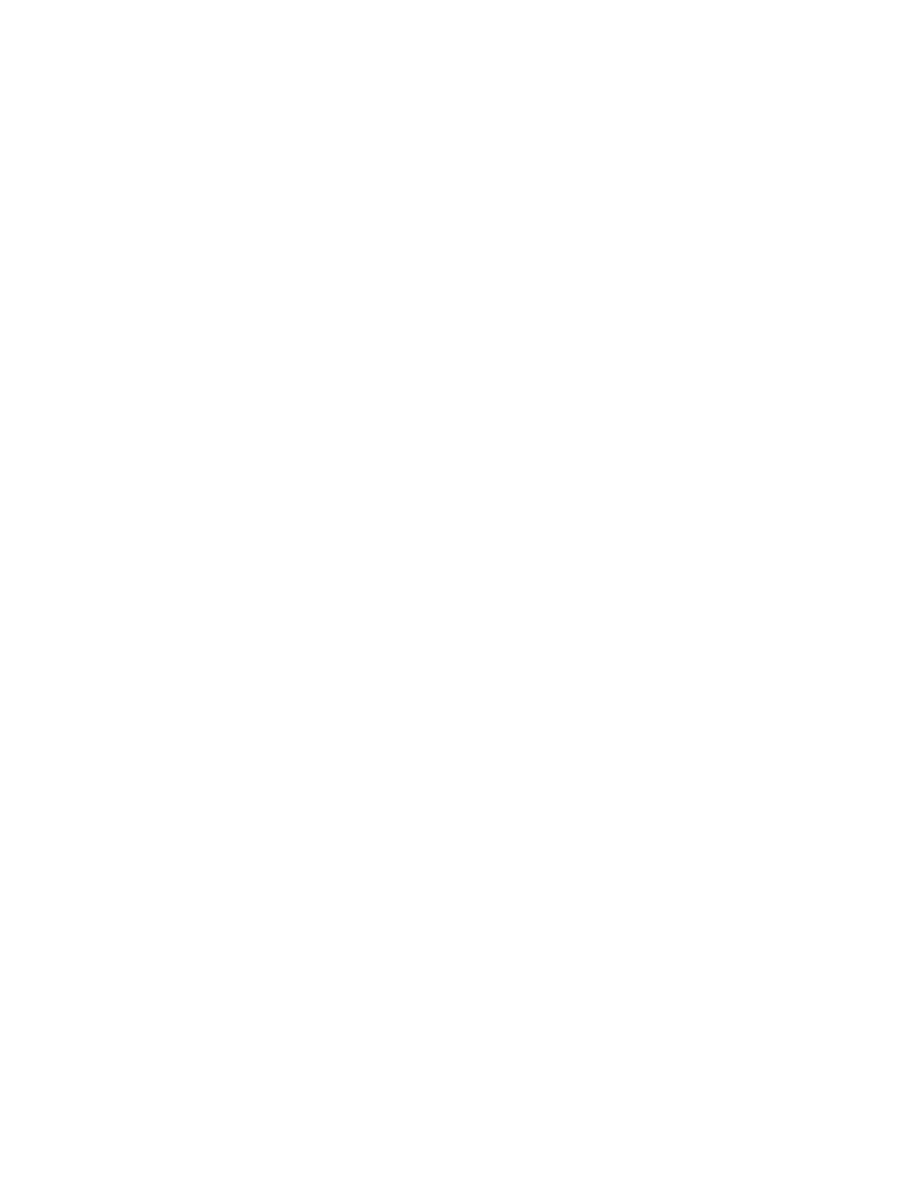
926
14 CFR Ch. I (1–1–14 Edition)
Pt. 36, App. A
the microphone, must be determined at a
level within 5 dB of the level corresponding
to the calibration sound pressure level on
the level range used during the tests for each
one-third octave nominal midband frequency
from 50 Hz to 10 kHz inclusive, utilizing pink
random or pseudo-random noise. Within six
months of each test series the output of the
noise generator must be determined by a
method traceable to the U.S. National Insti-
tute of Standards and Technology or to an
equivalent national standards laboratory as
determined by the FAA. Changes in the rel-
ative output from the previous calibration at
each one-third octave band may not exceed
0.2 dB. The correction for frequency response
must be reported to the FAA and applied to
the measured one-third octave sound pres-
sure levels determined from the output of
the analyzer.
A36.3.9.6 The performance of switched at-
tenuators in the equipment used during
noise certification measurements and cali-
bration must be checked within six months
of each test series to ensure that the max-
imum error does not exceed 0.1 dB.
A36.3.9.7 The sound pressure level produced
in the cavity of the coupler of the sound cali-
brator must be calculated for the test envi-
ronmental conditions using the manufactur-
er’s supplied information on the influence of
atmospheric air pressure and temperature.
This sound pressure level is used to establish
the acoustical sensitivity of the measure-
ment system. Within six months of each test
series the output of the sound calibrator
must be determined by a method traceable
to the U.S. National Institute of Standards
and Technology or to an equivalent national
standards laboratory as determined by the
FAA. Changes in output from the previous
calibration must not exceed 0.2 dB.
A36.3.9.8 Sufficient sound pressure level
calibrations must be made during each test
day to ensure that the acoustical sensitivity
of the measurement system is known at the
prevailing environmental conditions cor-
responding with each test series. The dif-
ference between the acoustical sensitivity
levels recorded immediately before and im-
mediately after each test series on each day
may not exceed 0.5 dB. The 0.5 dB limit ap-
plies after any atmospheric pressure correc-
tions have been determined for the cali-
brator output level. The arithmetic mean of
the before and after measurements must be
used to represent the acoustical sensitivity
level of the measurement system for that
test series. The calibration corrections must
be reported to the FAA and applied to the
measured one-third octave band sound pres-
sure levels determined from the output of
the analyzer.
A36.3.9.9 Each recording medium, such as a
reel, cartridge, cassette, or diskette, must
carry a sound pressure level calibration of at
least 10 seconds duration at its beginning
and end.
A36.3.9.10 The free-field insertion loss of
the windscreen for each one-third octave
nominal midband frequency from 50 Hz to 10
kHz inclusive must be determined with si-
nusoidal sound signals at the incidence an-
gles determined to be applicable for correc-
tion of directional response effects per sec-
tion A36.3.9.3. The interval between angles
tested must not exceed 30 degrees. For a
windscreen that is undamaged and
uncontaminated, the insertion loss may be
taken from manufacturer’s data. Alter-
natively, within six months of each test se-
ries the insertion loss of the windscreen may
be determined by a method traceable to the
U.S. National Institute of Standards and
Technology or an equivalent national stand-
ards laboratory as determined by the FAA.
Changes in the insertion loss from the pre-
vious calibration at each one-third-octave
frequency band must not exceed 0.4 dB. The
correction for the free-field insertion loss of
the windscreen must be reported to the FAA
and applied to the measured one-third octave
sound pressure levels determined from the
output of the analyzer.
A36.3.10 Adjustments for ambient noise.
A36.3.10.1 Ambient noise, including both an
acoustical background and electrical noise of
the measurement system, must be recorded
for at least 10 seconds at the measurement
points with the system gain set at the levels
used for the aircraft noise measurements.
Ambient noise must be representative of the
acoustical background that exists during the
flyover test run. The recorded aircraft noise
data is acceptable only if the ambient noise
levels, when analyzed in the same way, and
quoted in PNL (see A36.4.1.3 (a)), are at least
20 dB below the maximum PNL of the air-
craft.
A36.3.10.2 Aircraft sound pressure levels
within the 10 dB-down points (see A36.4.5.1)
must exceed the mean ambient noise levels
determined in section A36.3.10.1 by at least 3
dB in each one-third octave band, or must be
adjusted using a method approved by the
FAA; one method is described in the current
advisory circular for this part.
Section A36.4 Calculation of Effective Perceived
Noise Level From Measured Data
A36.4.1
General.
A36.4.1.1 The basic element for noise cer-
tification criteria is the noise evaluation
measure known as effective perceived noise
level, EPNL, in units of EPNdB, which is a
single number evaluator of the subjective ef-
fects of airplane noise on human beings.
EPNL consists of instantaneous perceived
noise level, PNL, corrected for spectral
irregularities, and for duration. The spectral
irregularity correction, called ‘‘tone correc-
tion factor’’, is made at each time increment
for only the maximum tone.
VerDate Mar<15>2010
10:12 Mar 18, 2014
Jkt 232046
PO 00000
Frm 00936
Fmt 8010
Sfmt 8002
Y:\SGML\232046.XXX
232046
pmangrum on DSK3VPTVN1PROD with CFR